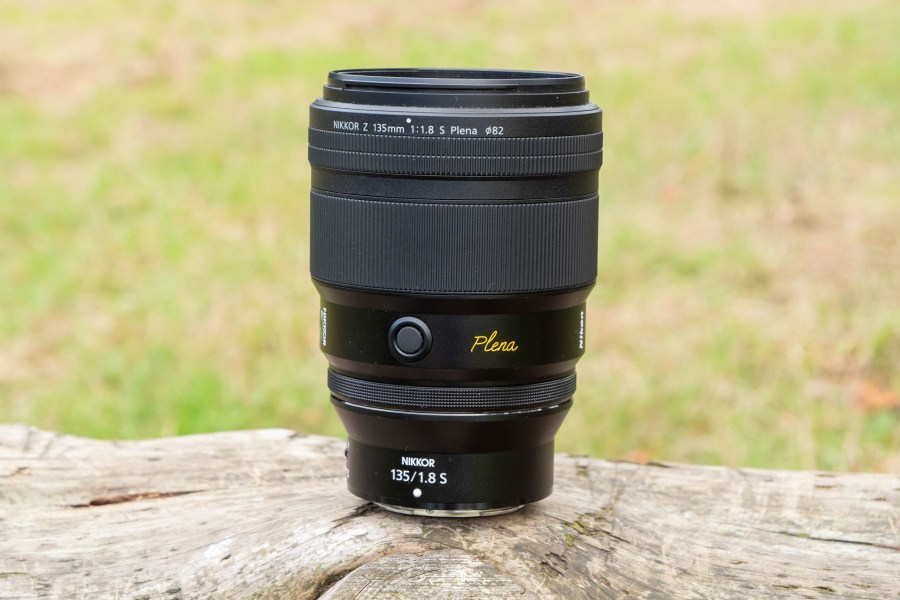Amateur Photographer verdict
A superb lens for portraits and similar subjects, with the finest optical excellence you can buy. However, it’s less flexible than an 85mm portrait lens, and it’s also hugely expensive.- Beautiful bokeh
- Superb sharpness
- Best optical excellence
- High price
- Big and heavy
- Less flexible than 85mm focal length
Announced in September 2023, the Nikon Nikkor Z 135mm f/1.8 S Plena is a large-aperture prime lens with a short-telephoto focal length that’s ideal for portraits. It’s designed to take advantage of the large-diameter mount that the Z system affords over its F-mount SLR/DSLR predecessor, and should easily be one of the best Nikon Z Mount lenses. The aim is to give perfect well-rounded bokeh throughout the whole frame at the maximum aperture, and deliver outstanding sharpness.
At a glance:
- Price when reviewed: $2,499 / £2579
- 11 rounded diaphragm blades
- 82cm minimum focus
- 139.5mm long x 98mm diameter, 995g
- 82mm filter thread
- Nikon Z mount
It’s been given the name Plena in the hope that it will be considered a “classic” over the years, and be referred to by name rather than focal length or other designation. The name apparently comes from the term “plenum”, meaning “completely full”. This has nothing to do with how you feel after a big meal, but instead, is supposed to reflect the lens’ ability to “support the user’s creative vision”.
Unlike the other named lens in Nikon’s line-up – the 58mm “Noct”, the Plena offers autofocusing, but, similarly to the Noct, it commands a very high price tag which may be hard for many to justify.
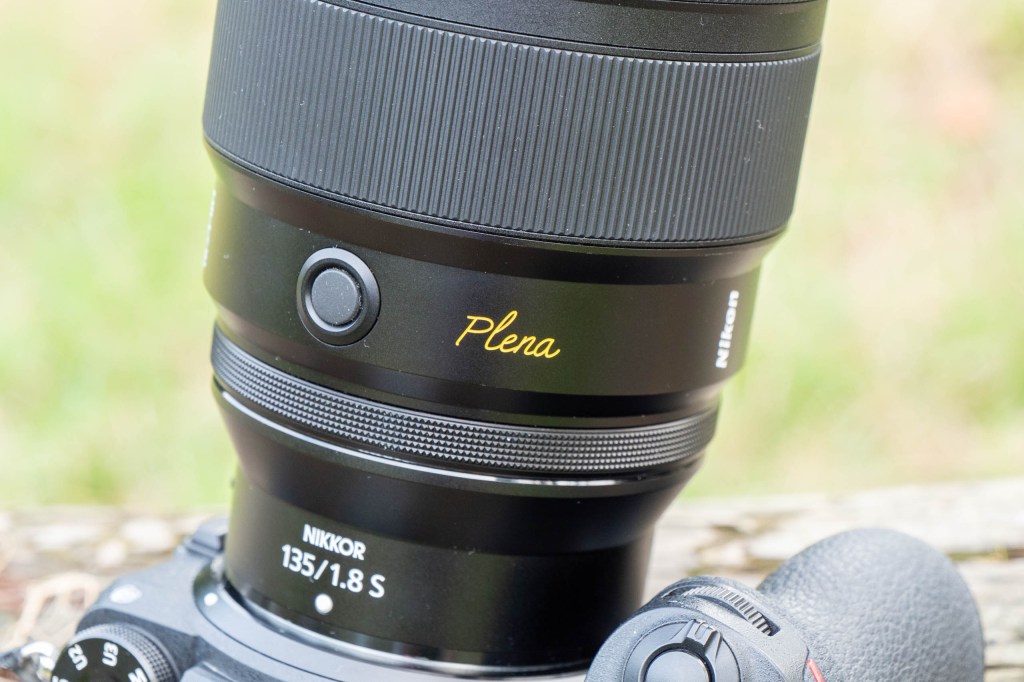
Portraits is the obvious use-case for a 135mm lens, with it being an alternative for something like the Nikon Nikkor 85mm f/1.2 S lens (which is actually currently retailing for a higher price than the Plena). Other subjects for this type of focal length include still life, close-up type subjects (such as flowers), and even some aspects of landscape or architecture, if you want to pick out fine details.
Features
The lens features a complex lens construction, which explains its high price. That includes 16 elements in 14 groups, including 4 ED elements, 1 aspherical element, 1 SR element, and elements with meso-amorphous and ARNEO coats). All of these elements are designed to come together to suppress ghosting, reflections and flare.
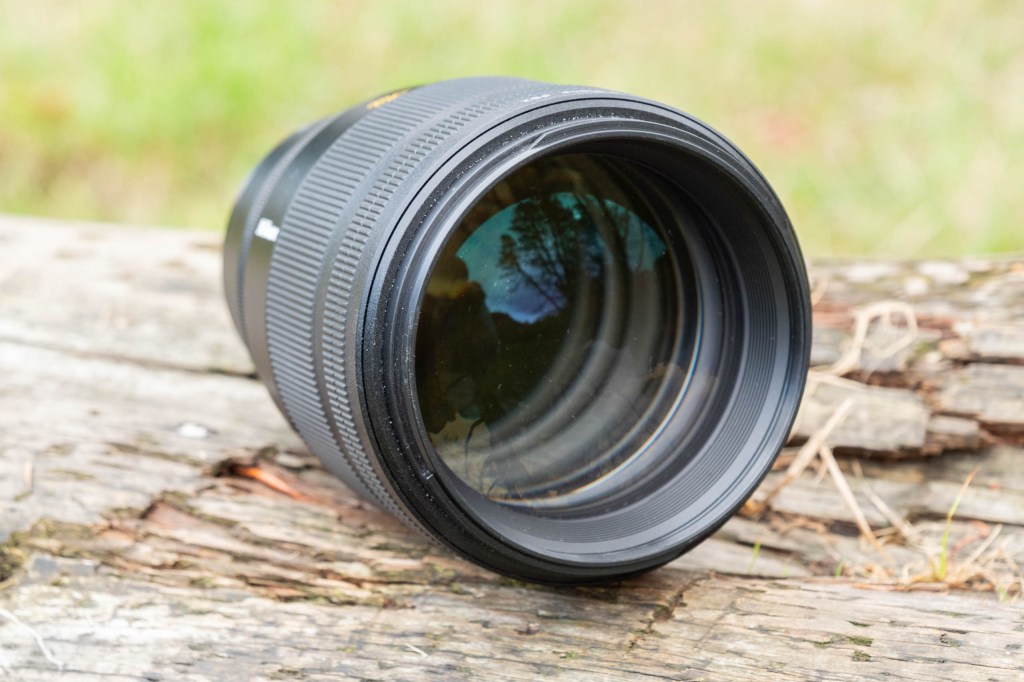
There are 11 diaphragm blades which are designed to create that lovely perfectly rounded bokeh (out of focus areas) that many people crave and desire.
This lens is not designated as a macro lens, but it does offer 0.2x magnification and a closest focusing distance of 0.82mm. Given the focal length of the lens, and the fact that this distance is measured from the sensor, this gives you good scope to create close-ups of typical macro-type subjects, such as flowers or food.

The lens is dust- and drip- resistant, so you should find you can shoot in plenty of different weather conditions. The Plena lens has the “S” designation for sharpness, but it doesn’t have the “VR” designation for inbuilt vibration reduction. That’s perhaps a surprise at this focal length, but considering all full-frame Nikon Z mount cameras have stabilisation in the body, it shouldn’t prove to be too much of an issue.
It is possible in theory to use this lens with an APS-C Nikon Z camera, which would give an equivalent focal length of approximately 200mm. However, this seems unlikely to happen with any great frequency.
Build and Handling
That brings me on to build and handling – one of the big reasons why you would almost certainly not want to use the Plena lens with anything other than a full-frame Z camera is its size and weight.
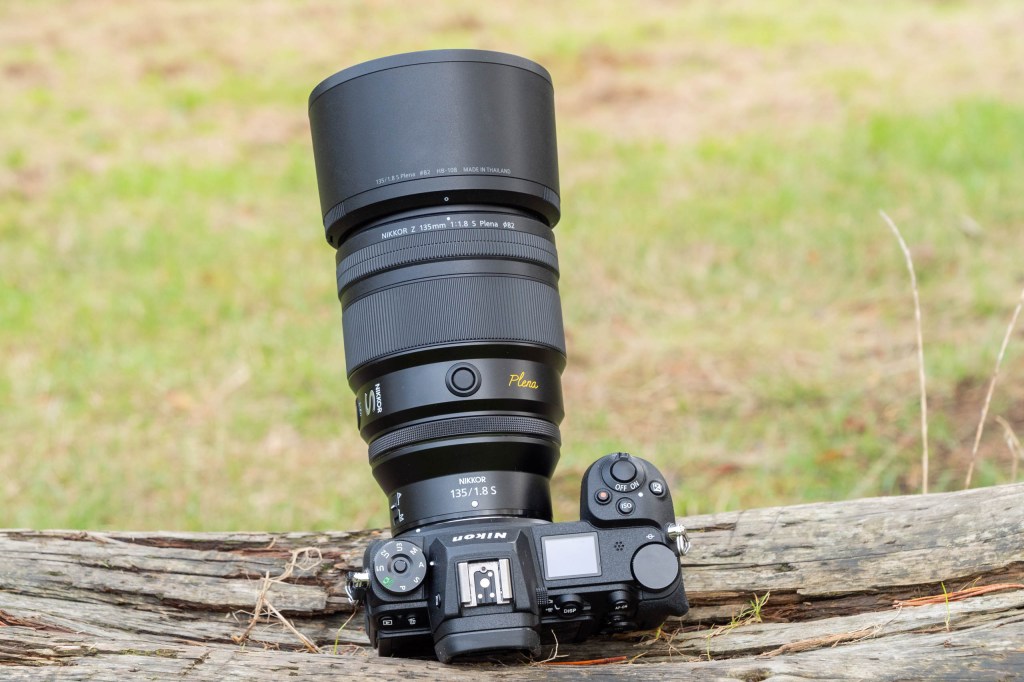
Clocking in at nearly 1kg, and with an almost 140mm length, this is a hefty piece of kit. I used it with the Z7 II and the Z8, and it certainly felt more balanced with the larger Z8 – so that’s something to consider. That said, it’s actually lighter and shorter than Nikon’s 85mm f/1.2 lens, so it’s not the chunkiest portrait lens you can pick up for your Z camera.
The outward design of the Plena is fairly simple, but it has “Plena” engraved on the outside of it in yellow. A nice finishing touch, and a good way to show off to all your photography mates that you’ve got a fancy expensive lens, of course.
Near the mount-end of a lens is a switch for moving between autofocus and manual focus. In front of this, is a control ring, which you can use for aperture, exposure compensation or ISO – choose which one you want from the main menu of the camera, or alternatively, set it to control nothing at all if you’re worried about accidentally knocking it.
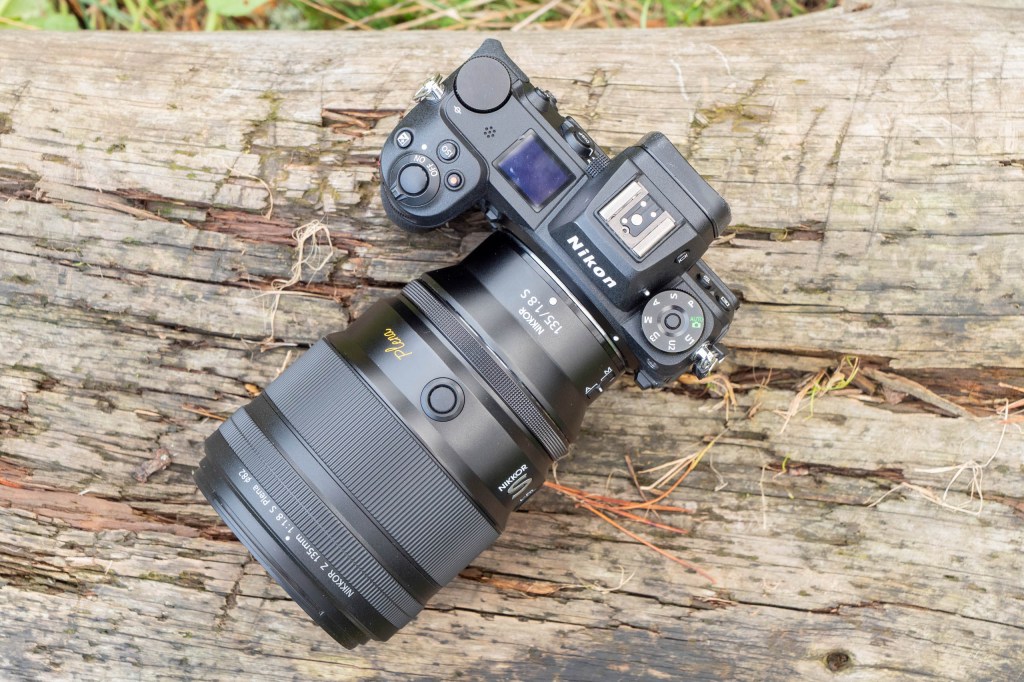
There are two customisable buttons on the lens, which you can set to control dozens of different options. However, both will do the same thing – you can’t set one to one function, and one to another. This is intended to make it so that no matter whether shooting or landscape or portrait orientation, you always have access to one of the buttons.
Towards the front of the lens is the focusing ring, which takes up about a quarter of the lens’ length. It doesn’t have hard stops at either end, but it does have a good amount of give to make fine adjustments nice and smooth.
An HB-108 lens hood is included in the box. This is pretty large and adds considerable length to the lens, but you can reverse it when not in use to save space.

Although 135mm is ideal for portraiture, giving you the opportunity to throw the background beautifully out of focus – you do need to be aware of the space constraints you’ll be working with when using it. This is not a lens to use in a compact room, for example, and even when shooting outdoors, you’ll need to stand quite a distance from your subject to get half body shots or more.
That’s not necessarily a deal-breaker for some, but, if you’re likely to be working in reasonably tight spaces, such as offices, or wedding venues for example, then an 85mm is likely to afford you a little more flexibility – so it’s certainly worth considering.
Autofocus
The Nikkor 135mm Plena lens uses an internal multi-focusing mechanism that uses stepping motors (STMs) which are designed to be fast, accurate and quiet.
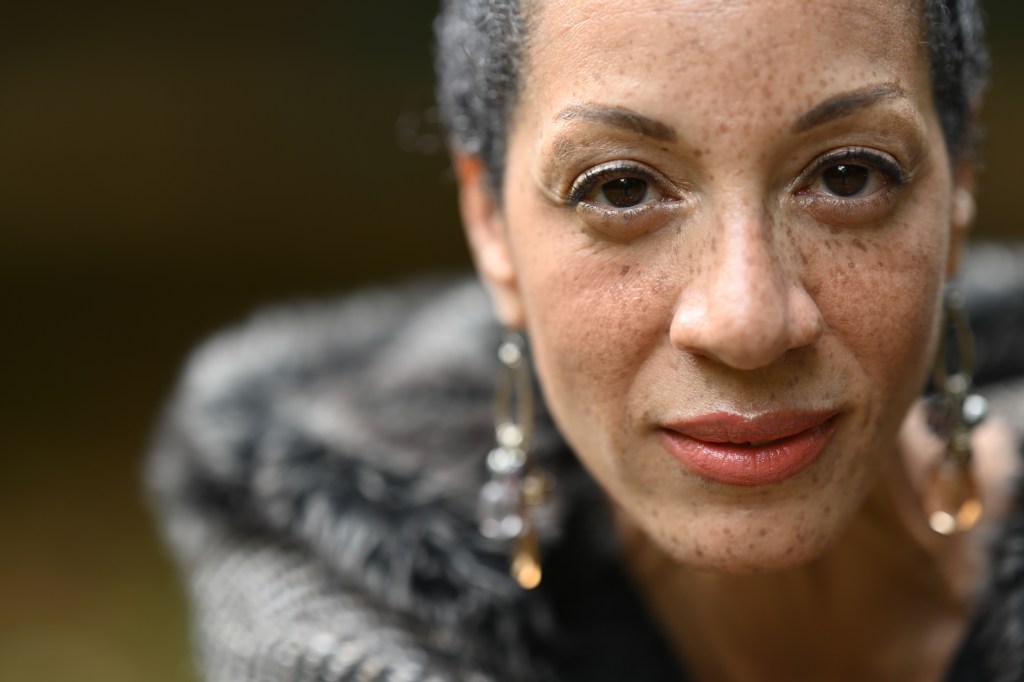
I used the Plena with both the Nikon Z8 and the Nikon Z7 II during the course of this review. With the Z8, I found that focusing was indeed fast and accurate – using eye-focus for portraits left me with mostly sharp images.
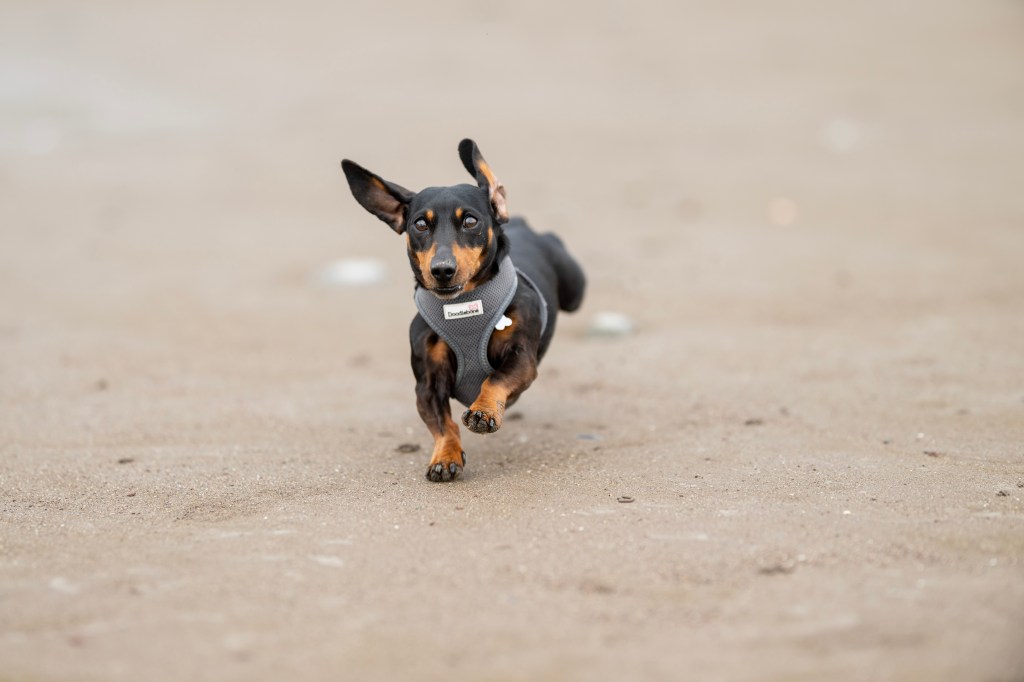
With the Z7 II, results were a little more mixed. With eye-AF also enabled there, I found that there were several instances where something other than the eye was actually in focus, such as the nose. With a long focal length and a very wide aperture, this can ruin a portrait. The Z8, with its superior focusing capabilities didn’t have the same problems, so I put this down to the camera rather than the lens – still, it pays to take multiple shots and keep reviewing as you’re working to make sure you’re getting what you want in focus when working at maximum apertures.
You can also use the lens with continuous AF (C-AF) selected, making it useful in some action scenarios. I found this worked very well on the Z8, while a colleague has also found it to perform similarly on the Z6 III. Again, the Z7 II isn’t quite as fast, so essentially you’ll need to pair the Plena with a Nikon body equipped with the latest focusing specifications to really get the best in those scenarios.
The lens is indeed very quiet, so the Plena would be suitable for video work, and situations where quiet focusing is preferred, such as during a wedding ceremony for example.
Image Quality
As you’d expect for a lens of this type and price, the images it’s capable of producing are stunning. They are beautifully sharp, right across the frame, even when shooting at the widest maximum aperture of f/1.8.
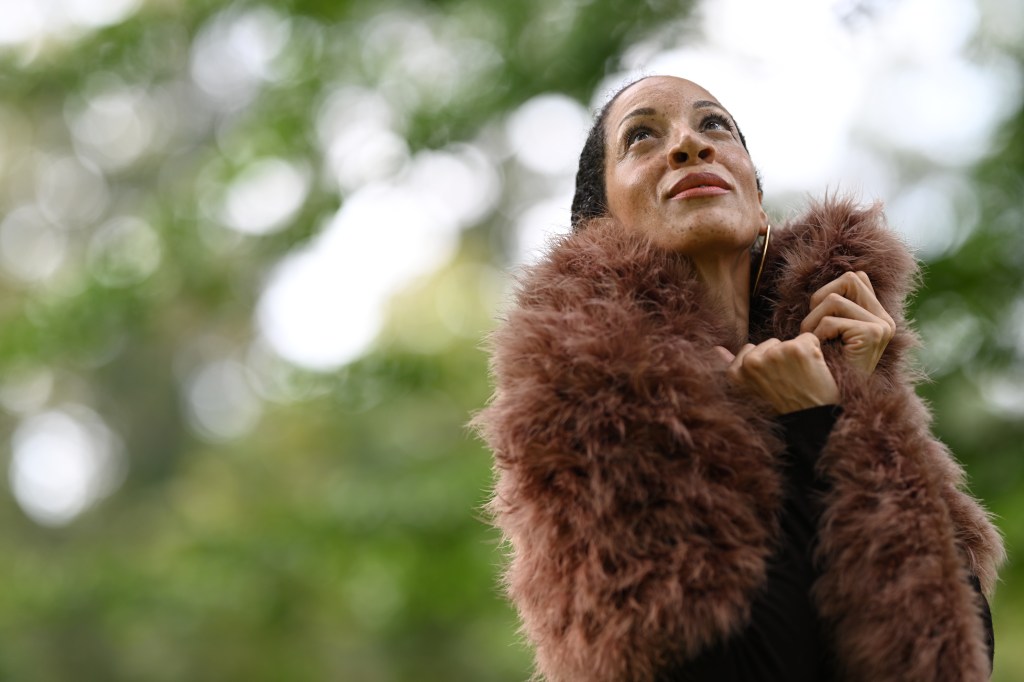
The all-important bokeh is rendered beautifully, with bright highlights being perfectly circular, and with no incidences of onion-ring or cats-eye bokeh appearing. I tested this by photographing in front of some trees and the background bokeh is beautiful. You can also get similar results by shooting with small lights in the background.
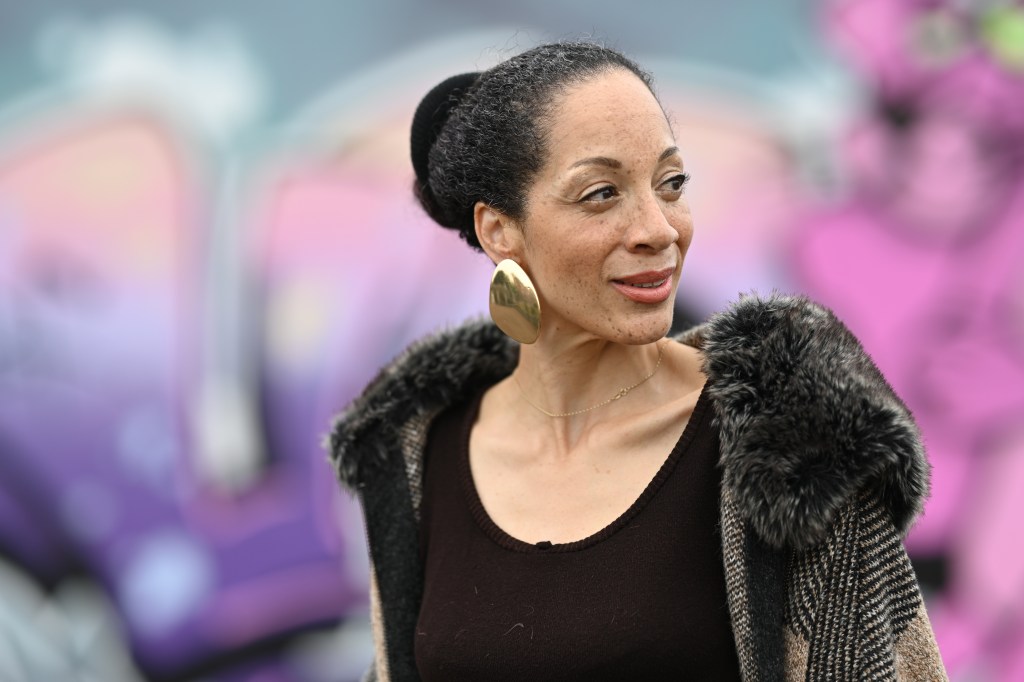
If you don’t have any small sources of light in the background, instead you get lovely, creamy, oh-so-dreamy bokeh that just melts away from your main subject. In some instances, if you’re shooting with a very plain background, this can arguably be perhaps a little dull, but if you choose something such as a brightly coloured graffitied wall, you’ll see some beautiful results.

Although it’s tempting to constantly shoot at the widest aperture with a lens like this, you can of course still expect excellent results throughout the rest of the aperture range, too. Something like f/2.8 or f/4 provides a good balance between subject and background if you want to give a bit more context and not have everything completely blurred out – and it can also be helpful when shooting quite tightly on faces, as otherwise you might find not every element of a face is in focus.
As I expected from this lens, I saw no evidence of flare or ghosting, nor any chromatic aberrations, even when shooting in high-contrast situations. With the standard lens-corrections applied in camera, I can also see no incidence of unattractive vignetting, even when shooting wide open.

When looking at raw files or JPEGs which have the inbuilt lens-correction applied, there’s no obvious barrel or pincushion distortion on display. Switch it off and you can see a small difference, with pincushion distortion ever so slightly evident in some frames. Most users will experience the lens with the corrections turned on, with no obvious reason to turn them off, so that shouldn’t be a problem for most.
Verdict
For anybody that shoots portraits, or similar/related subjects, such as events, the 135mm Plena is a superb lens that is capable of creating exceptional imagery. But, considering how much it costs – it’s what you’d absolutely expect.
From this lens you can get pin-sharp images, gorgeous bokeh and lovely out-of-focus areas. Autofocusing is generally quick and quiet, albeit with the best performance coming from the latest and best cameras equipped with Nikon’s most-recent focusing technology.

Aside from cost however, there are a couple of things to consider. There’s the size and weight of a lens like this – it’s not something you’ll be taking out every day, for example.
There’s also the inflexibility of using such a long lens for portraits. In smaller spaces, it might be hard to get what you want – in which case an 85mm might make more sense. If you’re therefore tossing up between the two focal lengths, perhaps consider where you do most of your shooting and go from there. For anybody with this kind of budget, I’d probably go with the 85mm f/1.2, but there is undeniably something special about the 135mm – if you can justify getting both, then you’ll have an amazing set up.
In essence, the Plena represents the best of what Nikon can achieve with its lens and Z mount technology. Do you need it? Well, probably not – but it is awfully nice, so it’s hugely desirable for anyone who shoots a lot of portraits.

Follow AP on Facebook, X, Instagram, YouTube and TikTok.

Nikon Nikkor Z 135mm f/1.8 Plena lens full specifications
| Filter Diameter | 82mm | |
| Lens Elements | 16 | |
| Groups | 14 | |
| Diaphragm blades | 11 | |
| Aperture | f/1.8-f/16 | |
| Min Focus | 0.82m | |
| Length | 139.5mm | |
| Diameter | 98mm | |
| Weight | 995g | |
| Lens Mount | Nikon Z | |
| Included accessories | front and rear caps, lens case CL-C2, Lens Hood HB-108 |

